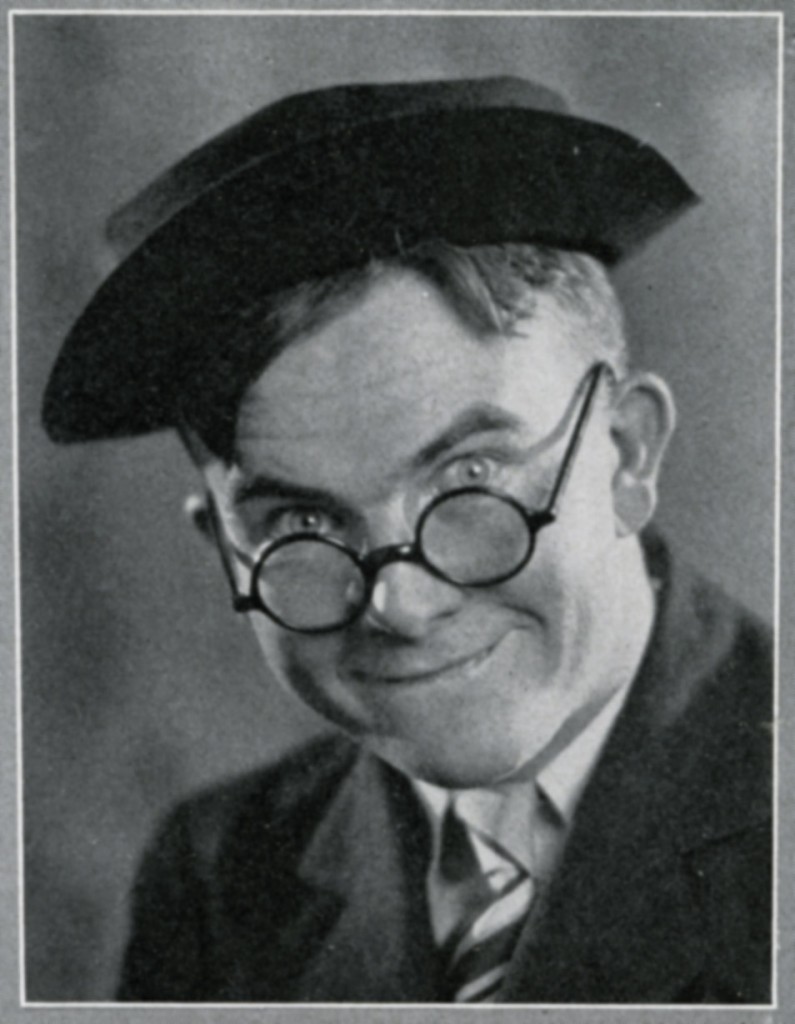On Friday, November 21, 1873, just over two months after the University first opened its doors, the faculty were talking about taking a vacation.
In this particular case, it made sense: Not even a week later, Thanksgiving would be celebrated, so they needed to decide whether classes would be held that Friday. The faculty minutes for that date – the group’s 10th meeting ever – say “that Thursday Nov. 29 (Thanksgiving day) and the Friday following be allowed as holiday by the college, and that all college exercises be disbanded.” It was the only item of business for that meeting.
During World War II, Thanksgiving Day was a holiday for only civilians on campus. All Army and Navy-related classes were still in session on Thanksgiving. At that time, the Commencement ceremony for Autumn Quarter fell in early December, so classes on the Friday after Thanksgiving were considered a must.
In 1945, after the war was over, it was decided that no classes would be held from the Wednesday night before Thanksgiving until the following Monday – a first since before the war – to allow students to travel home for the holiday. In 1946 University faculty and staff were given both Thanksgiving Day and the following Friday off again in recognition for all of the overtime hours they had put in throughout the quarter with the record number of students enrolled that year.
In 1947 President Bevis ordered classes to be held the Friday after Thanksgiving, with the tradeoff that employees would get Christmas Eve, Christmas Day and Boxing Day, as well as the following weekend off. He stated that the University’s payroll deadlines, as well as orientation and fee payment deadlines necessitated the working Friday.
Classes were again eliminated for the Friday off as early as 1957, according to the Lantern, although OSU employees still had to show up to work. In the mid-1970s, during the nationwide energy crisis, the academic calendar was changed so that finals were completed by Thanksgiving. University employees still had to work the day after the holiday. By the mid-1980s, however, University classes were cancelled and University offices were closed both days.
–Filed by C.N.










Recent Comments